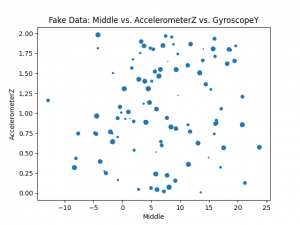This week I focused on maintenance for the glove. Some of the connections between the flex sensors and the board hosting the Arduino Nano came loose due to poor crimping job so I redid the connection. I also ordered embroidery thread to better secure the flex sensors. The stitches keeping the flex sensors in place currently are coming loose.
I also finalized the gerber, BOM and PLC files required to order the connective PCB. I want to order the PCB from jlcpcb, but I want to hold off on ordering a little longe. The connective PCB design that I plan to order is the same size as the perf board, so there is not much added advantage of having this PCB. I did some research on possibly making the PCB smaller and in the next week I plan to make a second design and then order the connective and new design in one batch to save on shipping costs.
In addition to creating a new PCB design, I plan to reach out to the office of disabilities to contact some fluent ASL users and interpreters who we can test our device on.
I think we are on schedule, but I’m not sure how smoothly replacing the PCB will be if we decide to use it.




